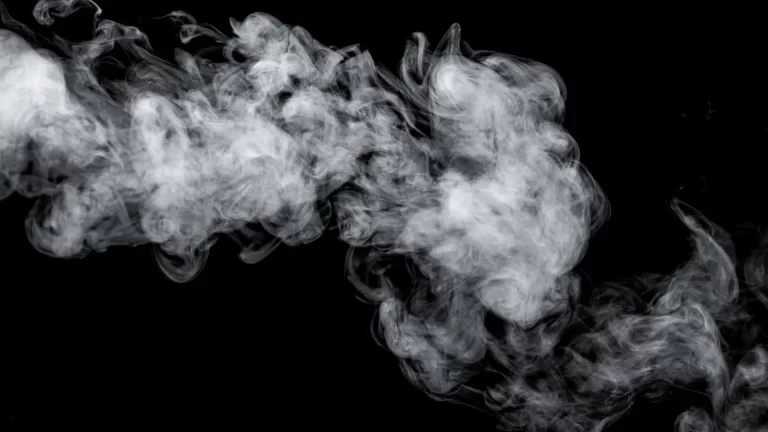CRUDE OIL TESTING
V-TIC Services provides testing for many types of customers – refiners, blenders, traders, tanker companies and more, for their crude oil and petroleum feedstock. The testing provided is through a global hydrocarbons laboratory network staffed with experienced petroleum chemists and equipped with modern instrumentation. The crude oil and petroleum labs test to ASTM, ISO, IP, and other petroleum industry protocols.
In addition to providing the regular crude oil assay testing, hydrocarbon and finished product quality checks, we also offer troubleshooting and contamination identification services. Our experienced team provides the expertise and resources you need to ensure a quality end product.
FLASH STUDIES IN NORTH DAKOTA
Flash studies are commonly conducted in the oil industry to determine the properties of crude oil, including its vapor pressure and composition and how those change when going from pressurized conditions to atmospheric conditions. In North Dakota, flash studies are particularly important because the state is a major producer of crude oil from the Bakken Formation.
The crude oil produced in North Dakota and Montana, like most crude oil, contains volatile compounds which can cause safety and environmental concerns during storage, transportation, and refining. To ensure safe handling of crude oil and to comply with regulatory requirements, it is necessary to measure of the oil’s tendency to evaporate and form vapors.
Flash studies involve heating a sample of crude oil to a specific temperature and then simulating the conditions that crude oil experiences during storage and transportation. Components like Hazardous Air Pollutants (HAPs) and Volatile Organic Compounds (VOCs) that will emerge when the sample is released from pressure can be determined. This information is important for Air Emissions calculations for purposes such as well registrations for the the North Dakota Department of Environmental Quality (NDDEQ).
In North Dakota, flash studies are essential for ensuring the safe handling and transportation of crude oil from the Bakken Formation. The results of these studies help oil companies and regulators to develop appropriate safety measures and regulations to protect workers, communities, and the environment.
SARA ANALYSIS
Saturates, Aromatics, Resins, Asphaltenes
V-TIC Services is proud to present the next level of analysis with SARA.
Identifying and quantifying the main compounds or pseudo-components of crude oil mixture is important for predicting crude oil behavior in different conditions. Due to the complex composition of crude oils, performing the elemental analysis is not possible. Therefore, in place of this analysis, hydrocarbon group type analysis is preferred. One approach to hydrocarbon group type analysis is SARA separation. It separates the crude oil components into four parts based on their solubility and polarity: Saturates, Aromatics, Resins, and Asphaltene. SARA gives information about the main compounds or pseudo-components of the fuel mixture which is important for predicting and analyzing the fuel’s behavior in different conditions. In addition, knowing the chemical composition of the fuel is required to ensure the fuel blending components are compatible and won’t cause sedimentation of asphaltenes and sludging issues.
One of the common and basic techniques for SARA analysis is Thin layer chromatography-flame ionization detection or Iatroscan. Thin layer chromatography-flame ionization detection (TLC-FID) is a unique system that combines the advantages of FID as a universal detector and the separation capability of TLC to make it a powerful analytical separation technique that can be used for a wide range of component analyses. It has the advantage of analyzing compounds with low volatility as compared to conventional Gas Chromatography (GC). Compounds without chromophore can effectively be detected by this equipment without any need for chemical derivatization. It is a simple and flexible analytical setup that can easily be adapted to handle difficult matrices.



